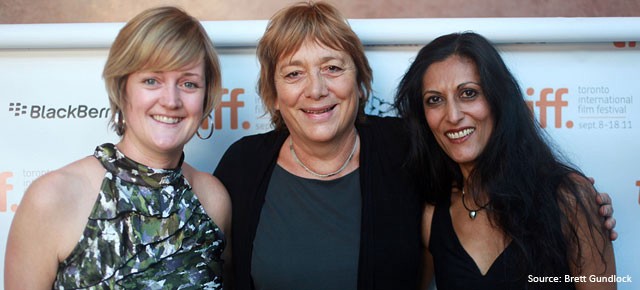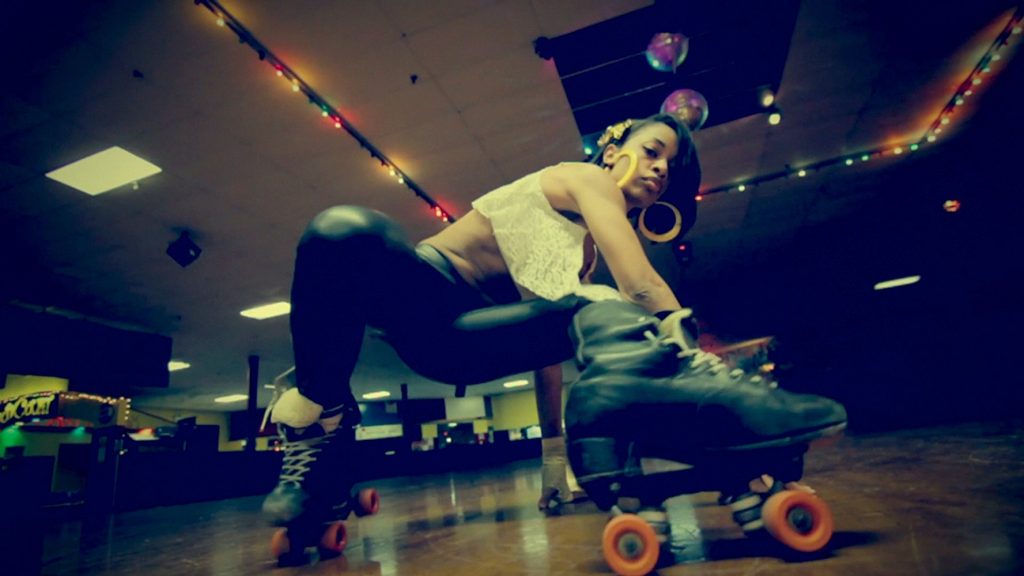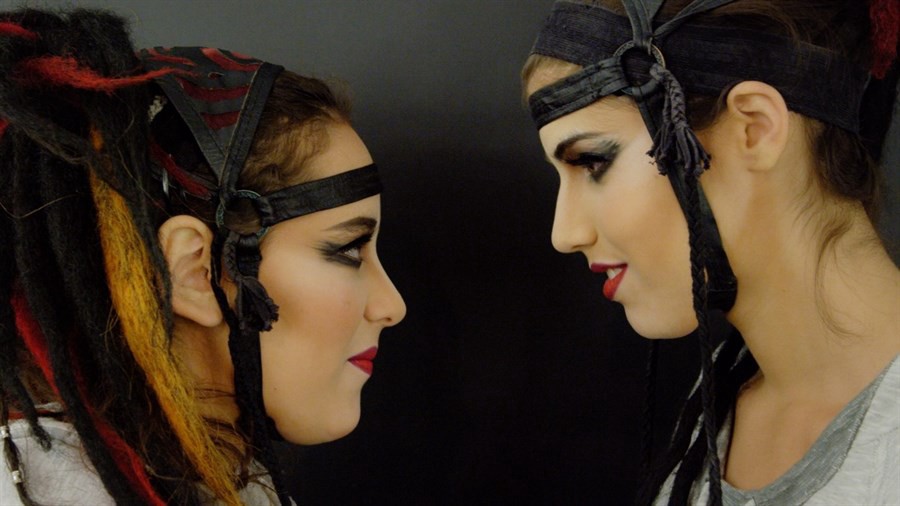This is a repost of an interview with the director Lea Pool and producer Ravida Din of the terrific and anger producing documentary Pink Ribbons that was conducted shortly after last fall’s Toronto Film Festival. The film opens in the US tomorrow.
Women and Hollywood: I find it interesting that women I know who have had cancer who have done any activism in their lives are repelled by the whole pink culture, yet it really speaks to many women and men around the world. Why do you think the pink campaign has become so effective?
Léa Pool: Everybody has someone in their life that has breast cancer. It touches femininity, motherhood and sexuality and as Barbara Brenner says in the film, “you get to say breast out loud in public.” Big corporations know this and market in a particular way knowing that women make most of the buying decisions in a household. Breast cancer fundraising in October therefore has an incredible potential to capitalize on this fact for both good and bad. Pink culture is presented in a positive, pink and gentle way bordering on the thinking that we are “close” to finding a cure. This does not reflect today’s reality of more women dying around the world from this disease and the lack of real progress.
Ravida Din: When you have giant corporations that give you a one track message of “finding a cure” or of “hope” it can give the public a false sense that someone is looking after their health interest and some cases even managing their health. As Judy Brady points out in the film, “these are comforting lies…” Some people don’t want to know that very little progress has been made. It is in the same way that companies are selling their products (i.e. the billion dollar cosmetic industry), they can package the message of femininity and normalization around this disease. There’s a long history of subsidized philanthropy — particularly in the USA — and again the public has come to expect corporations to play a role in their social welfare. It’s become easy for some companies to profit from citizen goodwill and volunteerism. The pink campaign has also served to “normalize” and depoliticize the disease and that makes it less threatening for a LOT of companies to jump onboard and claim breast cancer as their cause.
WaH: It seems that what you are saying is that this whole culture is missing the point and that more of the focus should be on prevention and not on post-diagnosis. Is that true?
LP: Yes this for me is true, I strongly believe that a lot more could be done about prevention. In the making of the film, what we were able to track in terms of funding is that only 15% goes to prevention and 5% toward research based on environmental causes. Janet Collins in the film queries, “How can you cure what you don’t know the cause of….”
RD: Those of us who have gone through breast cancer treatment will say “yes” ..we absolutely need to focus on prevention. I never want my daughter to go through what I have gone through…never.
WaH: What was the most startling thing you learned during this process?
LP: Two things that I learned was the voices of the women featured in the film who have been working on this cause have tried to change the conversation. So the film serves to give all the players in the fight against breast cancer a voice but really puts these incredible women together in one place.
The second thing I learned was the lack of coordination in research projects in the world and therefore you will have gaps in what we could possibly learn from these research projects.
RD: The impression I got during the research and interview process was that they are trying to own the disease and therefore own the cause which can ultimately be more profitable for some corporations and fund-raising groups. How can anyone own a disease? I was also startled at the level of hypocrisy. How can a leading make up company not sign onto the “Campaign for Safe Cosmetics” and at the same time promote itself as leading the fight against breast cancer?
WaH: What was the hardest part of making this film?
LP: To allow the film to speak for itself, hence my decision not to use a narrator. Another challenge was to find the cinematic approach to make a film that audiences will want to see in the theatres no matter who they are as cancer touches almost everybody in some way.
RD: The sheer scope of the subject. All of the issues — environment, ethics, medical intricacies of the disease itself, history of treatment, activism, etc. are inextricably linked. Dr. Samantha King’s book, Pink Ribbons, Inc.: Breast Cancer and the Politics of Philanthropy which the National Film Board of Canada obtained the rights to for this documentary was very helpful. The book served as a good framework for the film and kept a strong focus on the marketing and selling of the disease.
WaH: Do you think you are going to get push back from the corporations behind the pink cancer culture?
LP: I hope not, there are many sides to this conversation and corporations and fund-raisers were given a chance to present their point of view on the issues in the film. I hope the film helps everyone to hear some other perspectives especially those of the Stage IV Group who are featured in the film.
WaH: Do you think that if this wasn’t a disease that effected women that it would have this massive consumer culture around it?
LP: I think that some of these large staged events really don’t show the dark reality of the disease, as one of the woman in the film stated, Stage IV patients are the elephant in the room because there are those with breasts cancer who are learning to live while Stage IV women are learning to die. I also learned that there are many women who feel alienated by the pink campaign and their voices are seldom heard.
RD: As Barbara Brenner put it in the film, “breast cancer is the poster child of cause marketing….”. I do think this massive consumer culture has enormous staying power because women are targeted. Women make most of the household buying decisions. Some companies can rely on good old stereotypes and sell back the image of women being good girls, compliant, cheerful and helpful. The mass media generated images are always ultra slim, feminine, white women and constructs the disease as a threat to women in their capacity as wives and mothers. So there is nothing frightening or ugly about this image… it is completely contrary to what the disease actually is.
WaH: I was really struck by the women in the stage 4 cancer group. They are incredibly angry at the culture that the pink ribbon has created. It seems that the women who are fighting the disease are missing from the conversation about the disease. What did you learn from them?
RD: I learned that there is no one single experience. Just as breast cancer effects women differently (diagnosis, treatment, outcomes…) every woman has her own experience. You cannot homogenize women’s experience. But since the mass media seldom shows the bitter and hard truth about the disease — particularly amongst the most vulnerable groups like the stage IV women — then it’s as if that experience doesn’t exist. There are a lot of women who feel completely alienated from the pink ribbon culture…this happens to be a few of them.
WaH: What do you want this film to say to women? What do you want them to do when they walk out of the theatre after watching it?
LP: As the group Breast Cancer Action says “Think Before You Pink!,” for me I feel that people need to ask a lot more questions especially when they donate not only their money but also the generosity of their time. Who is raising this money and why? Is this the best way to end breast cancer? Where is the money going?
RD: I want women to recognize how much power is in our hands and that we need to ask questions and demand accountability. If we are going to support foundations, charities, corporations…then we should ask for complete transparency before we hand over our money. If a make-up company, for example, will not disclose the ingredients in their products, should we really support them by raising millions of dollars for the “cure”? I also want women to tell as many women and men to watch the film so that we can create a much bigger social debate around this issue and put pressure on both government and companies to be accountable to women. We need to own the ribbon…after all ..it began with one woman’s perseverance (Charlotte Haley) when she created the peach ribbon and asked Congress to put the focus on prevention. We can do that again but this time in the millions.
WaH: Do you have any advice for female filmmakers?
LP: Do it. We want to see your images and to hear your voices.
Welcome to Cancerland — Barbara Ehrenreich







